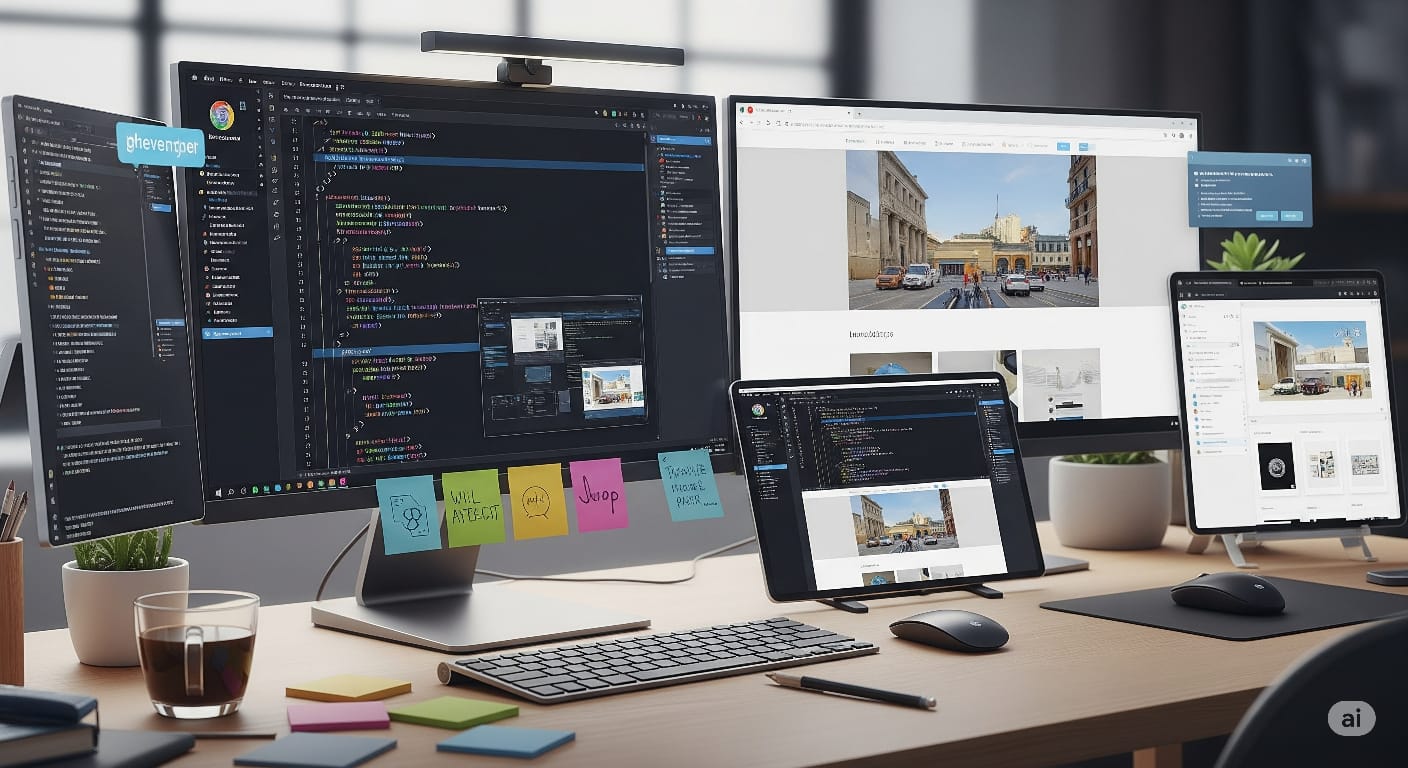


To learn digital marketing perfectly, start by building a strong foundation in its core concepts, such as SEO, content marketing, social media marketing, email marketing, and paid advertising. Begin with free resources like blogs, YouTube tutorials, and Google Digital Garage to understand the basics, then move on to structured courses or certifications from platforms like HubSpot, Coursera, or Meta Blueprint. Practice is crucial—apply what you learn by creating and managing your own blog, social media page, or small ad campaign. Keep track of results using analytics tools and improve your strategies based on data. Stay updated with industry trends through reputable marketing blogs, podcasts, and communities, as digital marketing is always evolving. Most importantly, focus on real-world experimentation, because mastering digital marketing comes from hands-on experience, not just theory.
To master digital marketing, you need a blend of practical skills, creativity, and consistent learning. Start by understanding the core areas such as SEO, social media marketing, content creation, email marketing, PPC advertising, and analytics. Learn from reliable online courses, industry blogs, and free tools like Google Analytics and Google Ads. Practice by running small campaigns, experimenting with strategies, and analyzing results. Stay updated with the latest trends and algorithm changes to remain competitive. Most importantly, focus on building a problem-solving mindset and adapting strategies based on data, as digital marketing success comes from continuous improvement and innovation.

The most suitable web design and development tutorials are those that combine clear explanations with hands-on practice, covering both the creative and technical aspects of building websites. Look for tutorials that teach HTML, CSS, JavaScript, and responsive design for the front end, as well as backend technologies like PHP, Python, or Node.js. A good tutorial should also guide you through real-world projects, from creating layouts and styling pages to adding interactive features and connecting to databases. Choose resources that are up-to-date, beginner-friendly, and include visual examples, so you can easily follow along and apply your skills to create modern, user-friendly, and functional websites.
To find the most suitable web design and development tutorials, look for resources that offer a balanced mix of theory and practical application. Start with beginner-friendly platforms like Codecademy, freeCodeCamp, or W3Schools, which provide interactive lessons on HTML, CSS, and JavaScript. For more advanced topics, consider courses on platforms like Udemy or Coursera that cover responsive design, frameworks like Bootstrap, and backend development with languages like PHP or Python. Additionally, seek out tutorials that include real-world projects, as these will help you apply your knowledge effectively. Look for resources that are updated regularly to keep pace with the ever-evolving web technologies, and consider joining online communities or forums where you can ask questions and share your progress with others. This way, you can ensure that you are learning from the best sources and gaining practical skills that are relevant to current industry standards.
Responsive design is a web development approach that ensures websites and applications provide an optimal viewing experience across a wide range of devices, from desktop computers to smartphones and tablets. It involves using flexible layouts, images, and CSS media queries to adapt the content and design to different screen sizes and orientations. This means that elements on the page will resize, rearrange, or hide as necessary to maintain usability and aesthetics, allowing users to easily navigate and interact with the site regardless of their device. Responsive design is essential in today's digital landscape, where users access content on various devices with varying screen dimensions.
Responsive design is a web development approach that ensures websites and applications adapt seamlessly to different screen sizes and devices, providing an optimal user experience. It involves using flexible grids, layouts, and media queries to adjust the design elements based on the user's device, whether it's a desktop, tablet, or smartphone. This means that images, text, and other content will automatically resize and rearrange to fit the screen, making it easier for users to navigate and interact with the site. By implementing responsive design, developers can create a single website that works well across all devices, eliminating the need for separate mobile versions and improving accessibility for all users.